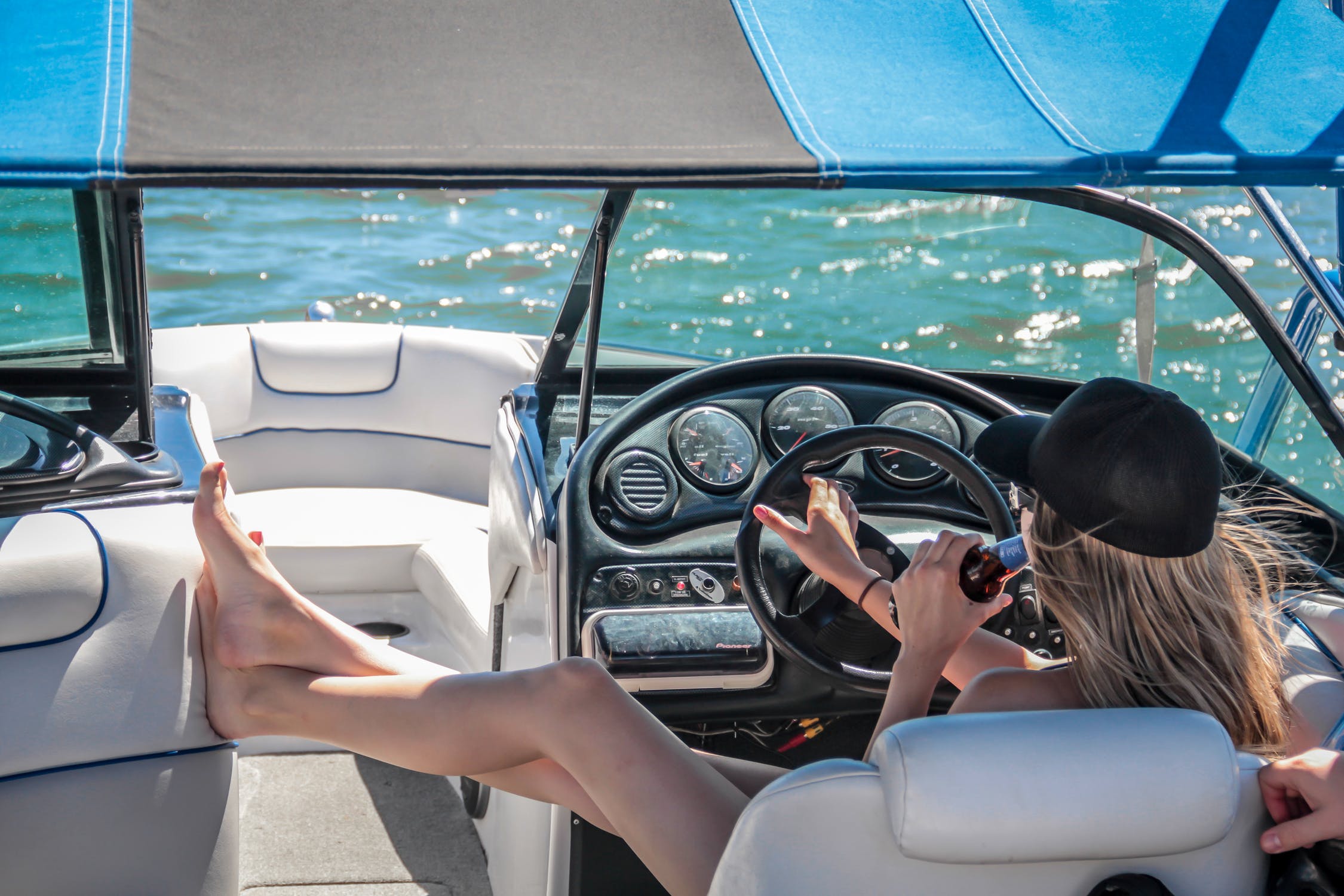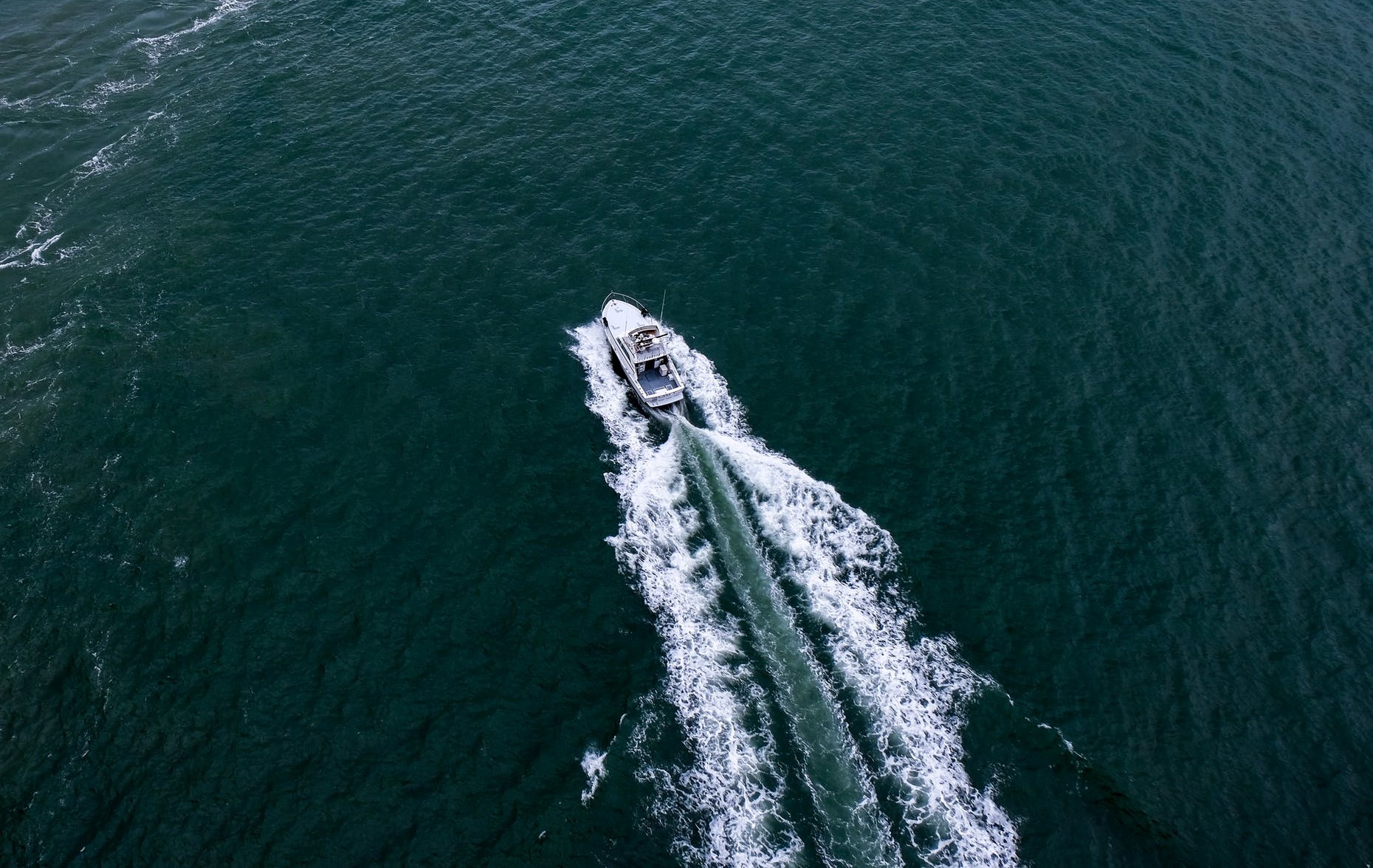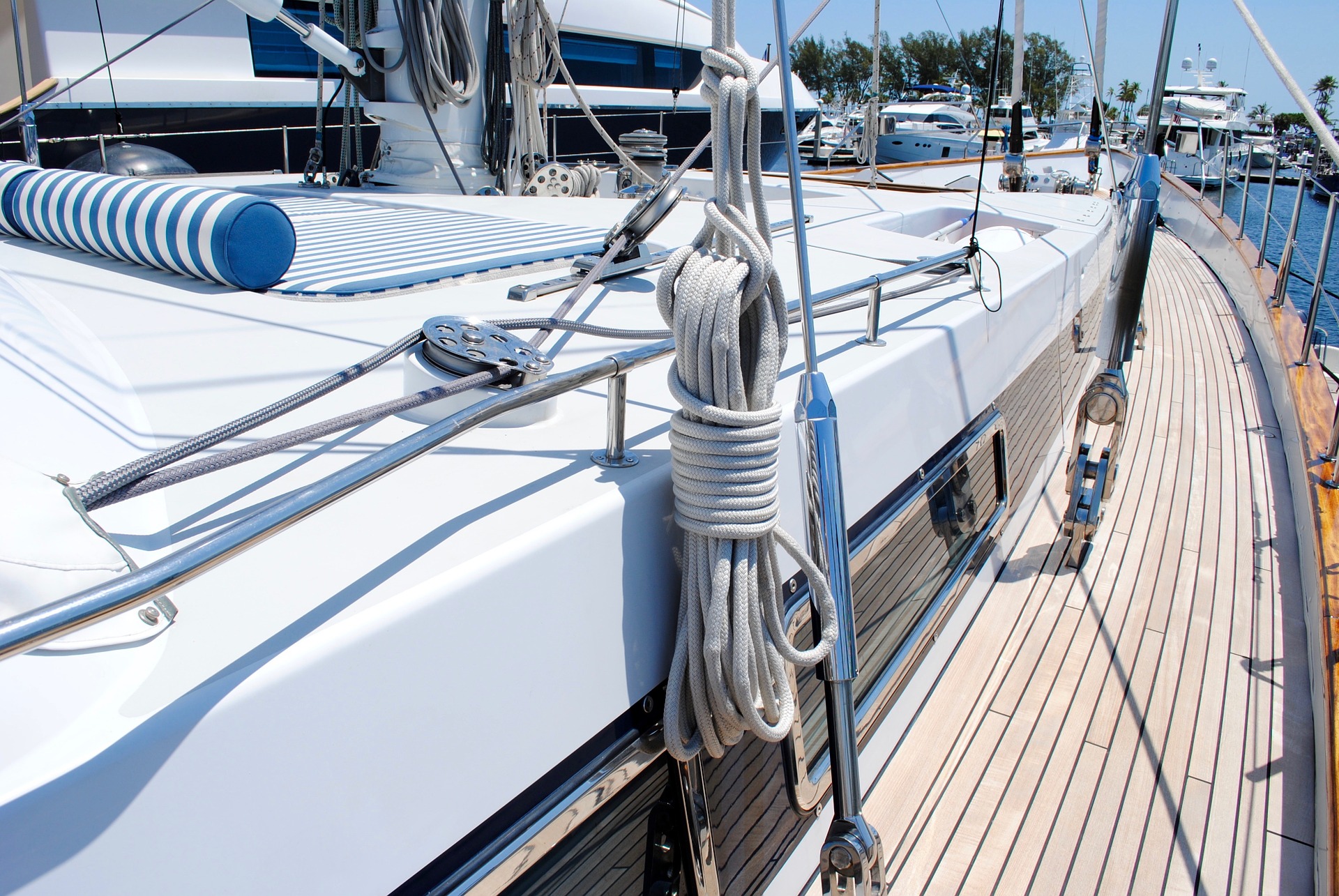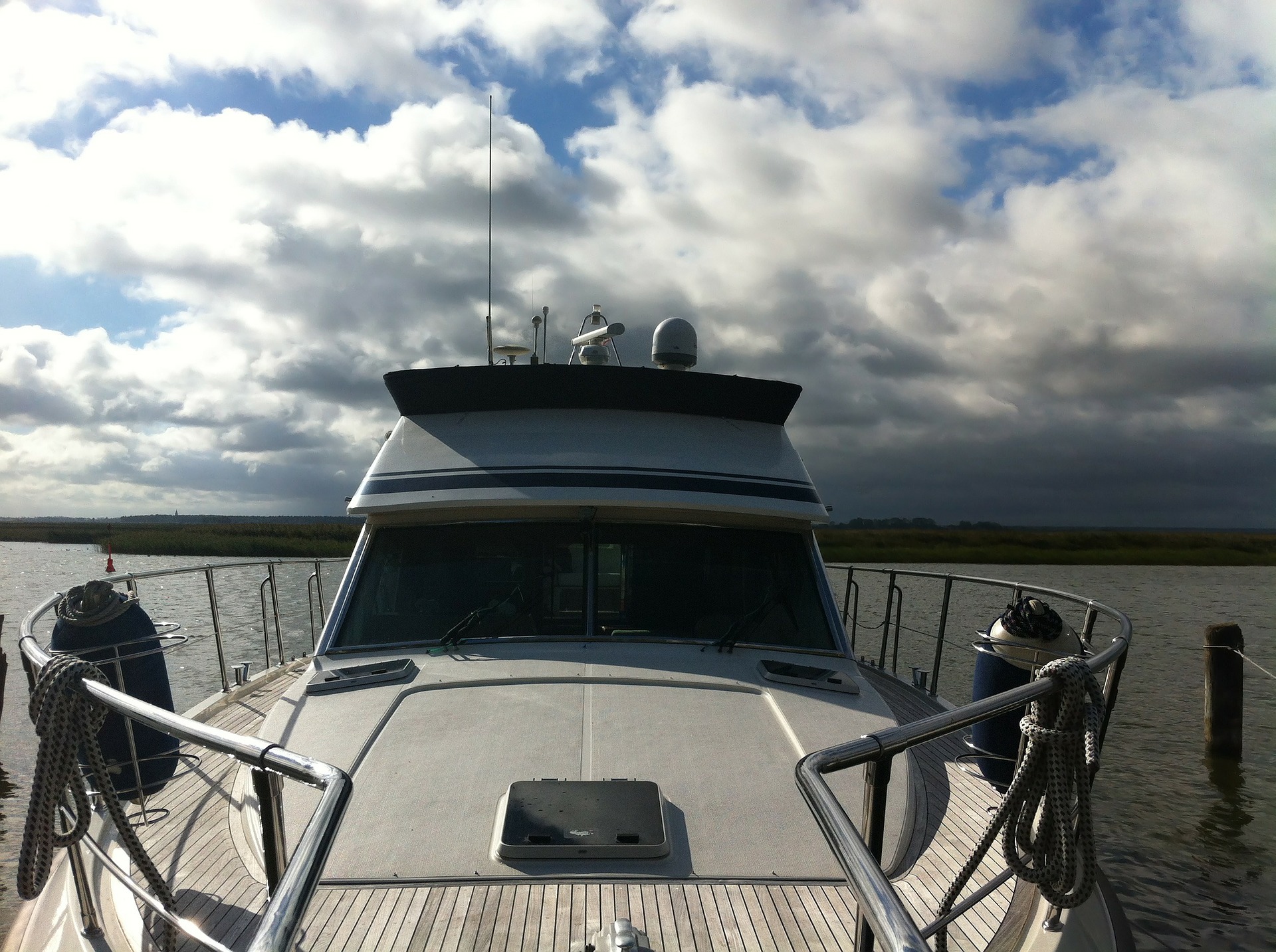
Are you looking for a simple guideline on how to use a Marine VHF Radio? In this article, we’ll discuss important tips that will help you operate your marine radio during emergencies and incidents that you might encounter during your boating trip.
WHAT IS A MARINE VHF RADIO?
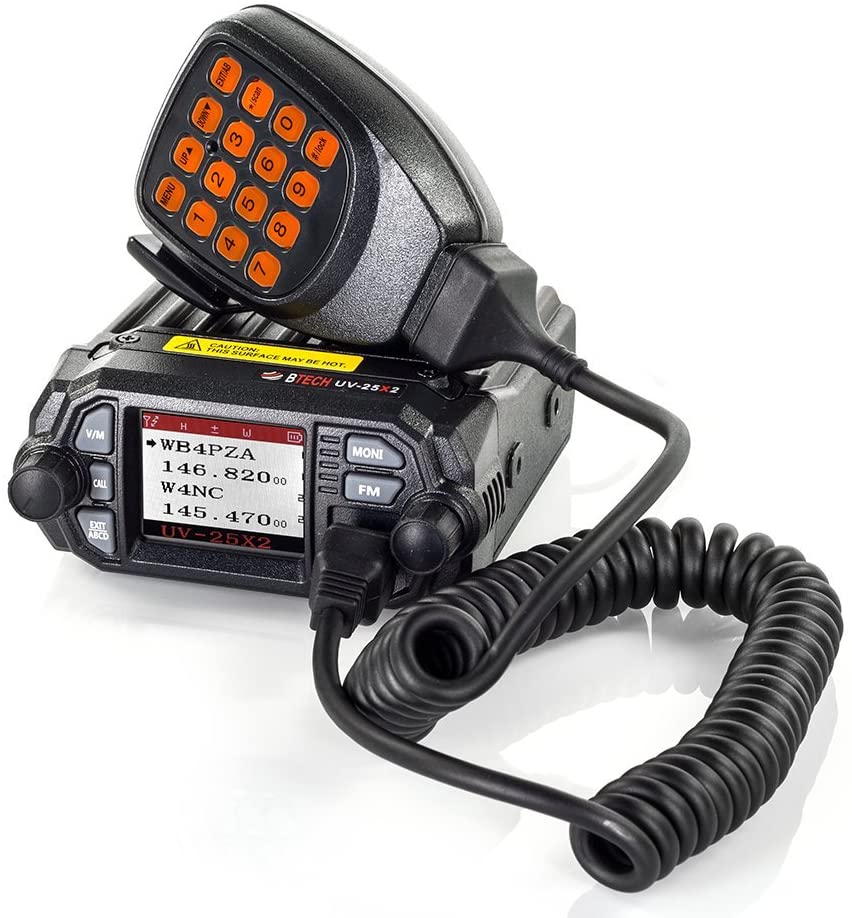
Very High-Frequency Radio (VHF) is a two-way land mobile radio system that’s used by boaters to instantly communicate with marina operators, coast guards, draw bridges and fellow boaters.
VHF radio includes radio waves from 30 MHz to 300 MHz and is considered as a safety equipment that every powerboat should have so that boaters can ask for help whenever they’re experiencing any trouble with their vessels.
Though recreational boats under 65.5 ft long are not required to have a VHF radio, some boaters still keep one onboard for emergency purposes.
USING A MARINE VHF RADIO
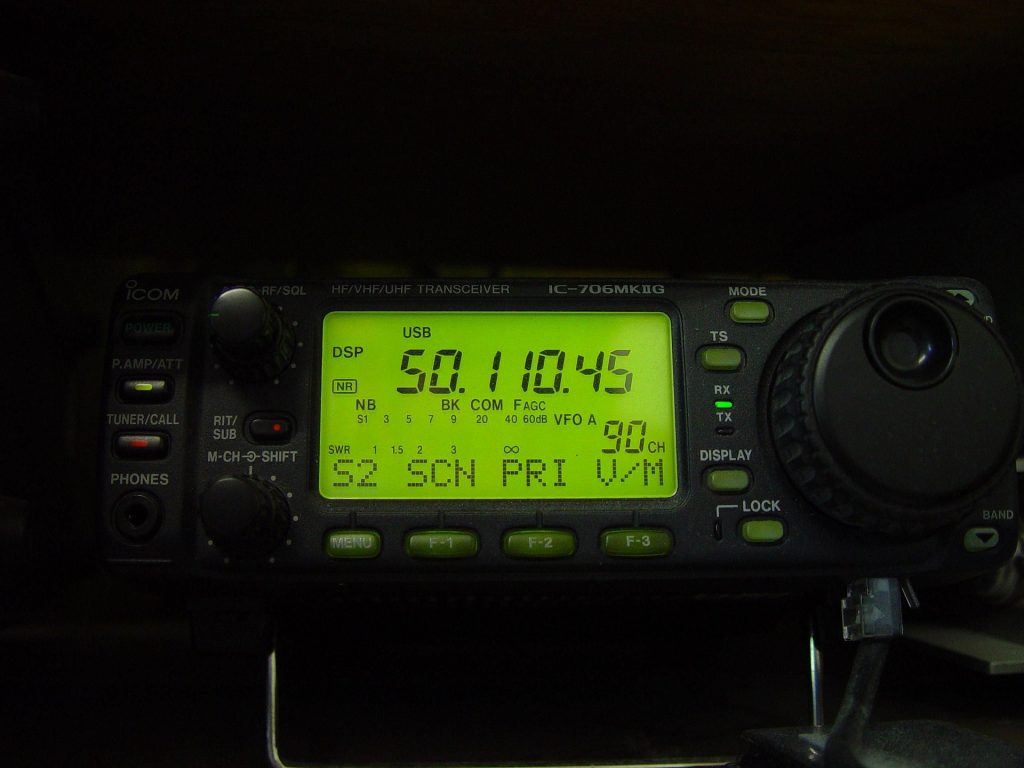
- For starters, you need to turn on your VHF marine radio and turn the knob to adjust the squelch until the static stops.
- Do a radio check to make sure that your unit is functioning properly. Do not use channel 16 since that’s the channel for emergency and distress monitored by the U.S. Coast Guard.
- You can use open channels such as 68, 69, 71, 72, and 78A to perform radio checks.
- Key the microphone and turn your radio to a one-watt power setting.
- Say “radio check” three times followed by your boat name and location.
- Once done, wait for a reply confirming that someone has heard your transmission.
MARINE VHF RADIO CHANNELS
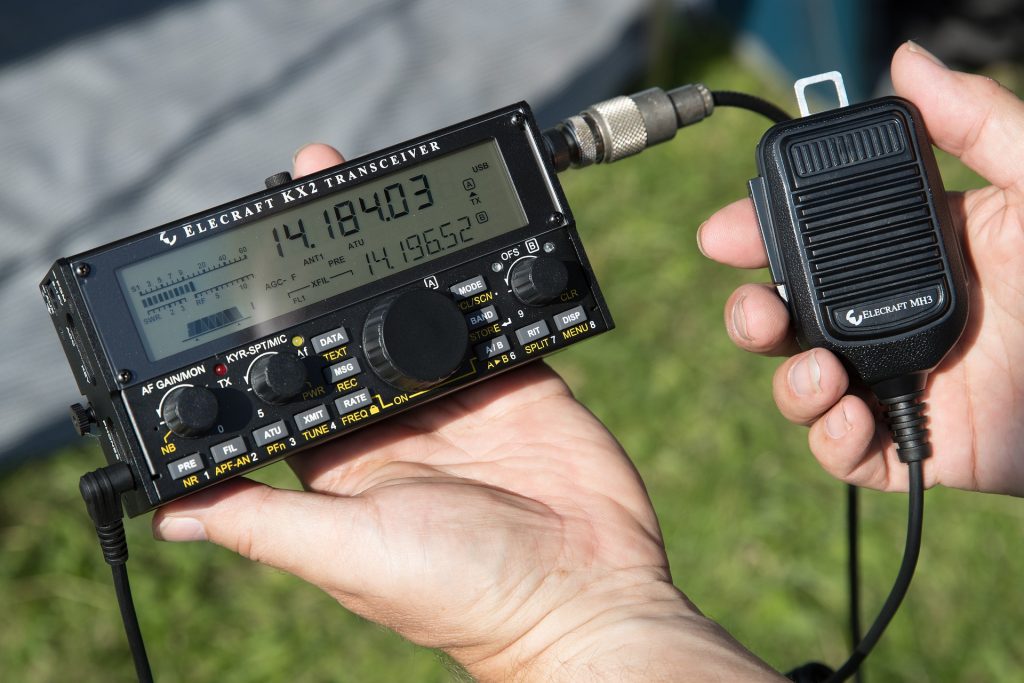
- CHANNEL 9: Known as the primary calling channel. This channel is used to establish contact and move to a working channel.
- CHANNEL 13: Used for bridge-to-bridge communication between vessels. You can use this for requesting bridge openings and for times of poor visibility so you can communicate with ferries and other large vessels.
- CHANNEL 16: Used for emergency and distress calls only.
- CHANNEL 22A: A restricted channel that’s only used by USCG. If you’ve already established contact with the USCG on channel 9 or 16, they may request you to switch to this channel for important information.
- CHANNELS 68, 69, 71, 72, 78A: These are all working channels that are available for non-commercial vessels for any ship-to-shore and ship-to-ship communications.
BOAT EMERGENCY SITUATIONS
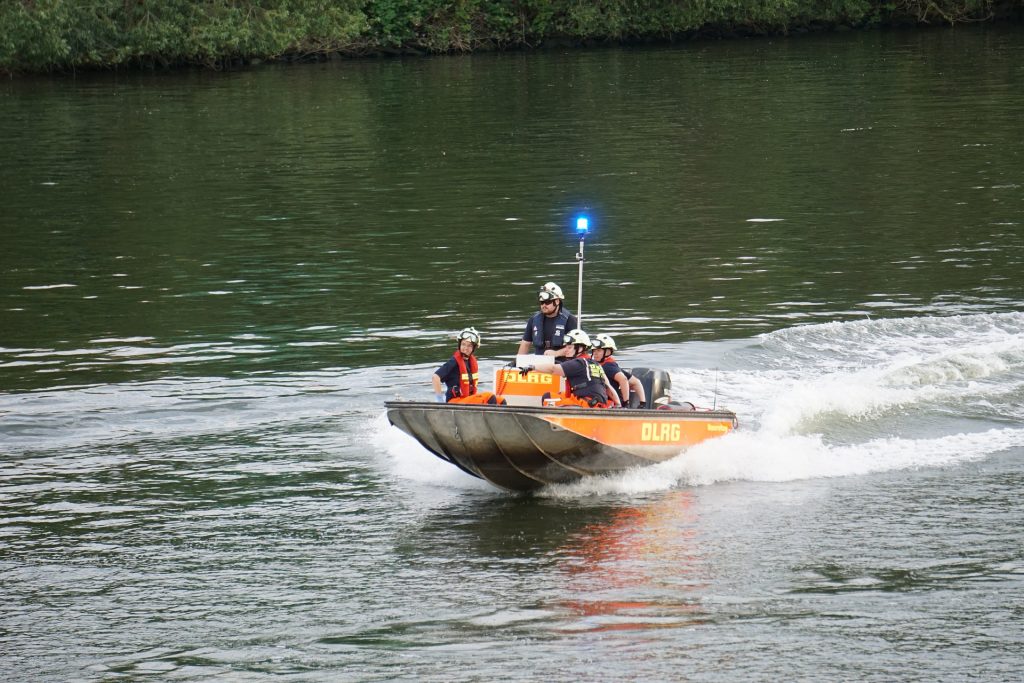
“MAYDAY” is used for emergencies only such as the danger of sinking, major injuries, or death. If you’ll experience these situations, here’s what you need to transmit:
- Tune your radio to Channel 16.
- Speak “MAYDAY” three times to send a signal.
- “This is (name of your vessel – repeat the name three times)”
- Give your position by latitude or longitude, distance, speed, and destination. If there are any well-known landmarks like navigation aids or small islands, you can also include them.
- Provide what kind of distress you’re experiencing (fire, sinking, injuries, etc.)
- Indicate the number of people on board.
- Say what kind of assistance you need.
- Be specific and inform them if there are any people who need medical attention, the length of the vessel, the color of the hull, etc.
- If you’re done giving all the information, use the word “OVER”.
GUIDES AND BOAT WARNING SIGNALS
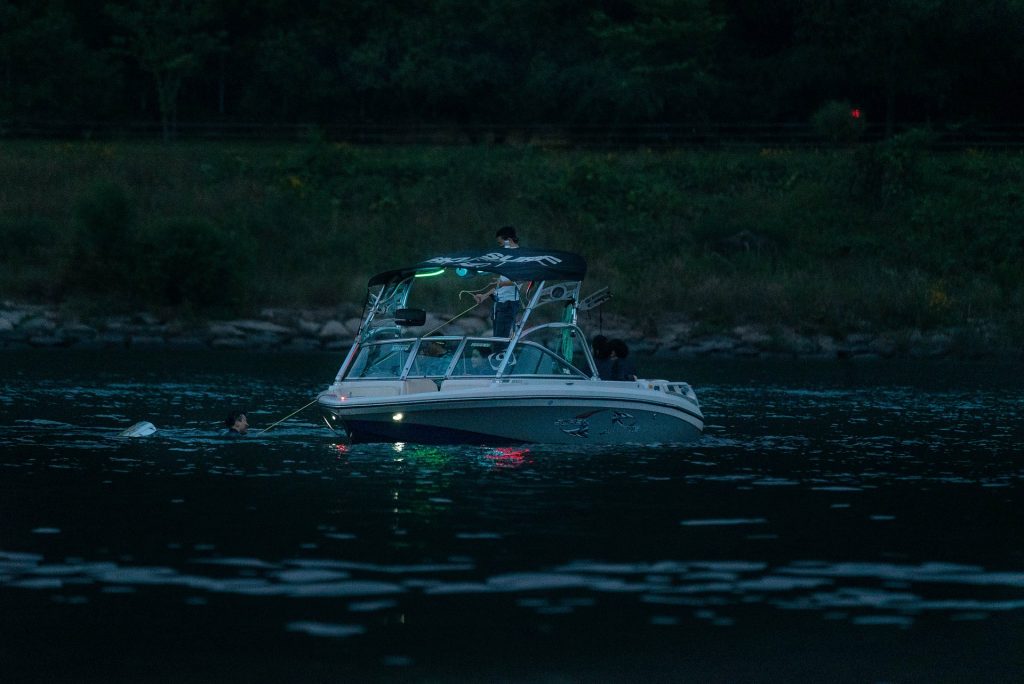
- Storm Warnings – when it comes to storm warnings and other important marine information, it’s recommended that you stay tuned to Channel 16. The USCG makes sure that they announce it first on VHF Channel 16 before broadcasting it to Channel 22A.
- Distress call – as a responsible boater, you are required to answer distress calls from a vessel especially if no one is answering them. If you are sure that the distressed vessel is not around your area, wait for others to acknowledge it first before answering.
- Radio check – as mentioned earlier, to know if your radio is properly working, you can use channel 9 or other working channels but NOT channel 16.
- Languages – always use plain English and avoid using codes. Avoid false distress signals and foul languages since it’s illegal – everything you say will be heard by anyone who owns a VHF radio.
CONCLUSION
When it comes to safety, always make sure that you are mentally and physically prepared. Check if your boat and boating gear are in good condition. Moreover, give emergency instructions to everyone before traveling.
Share us your own tips on how to use a marine VHF radio by commenting below.

